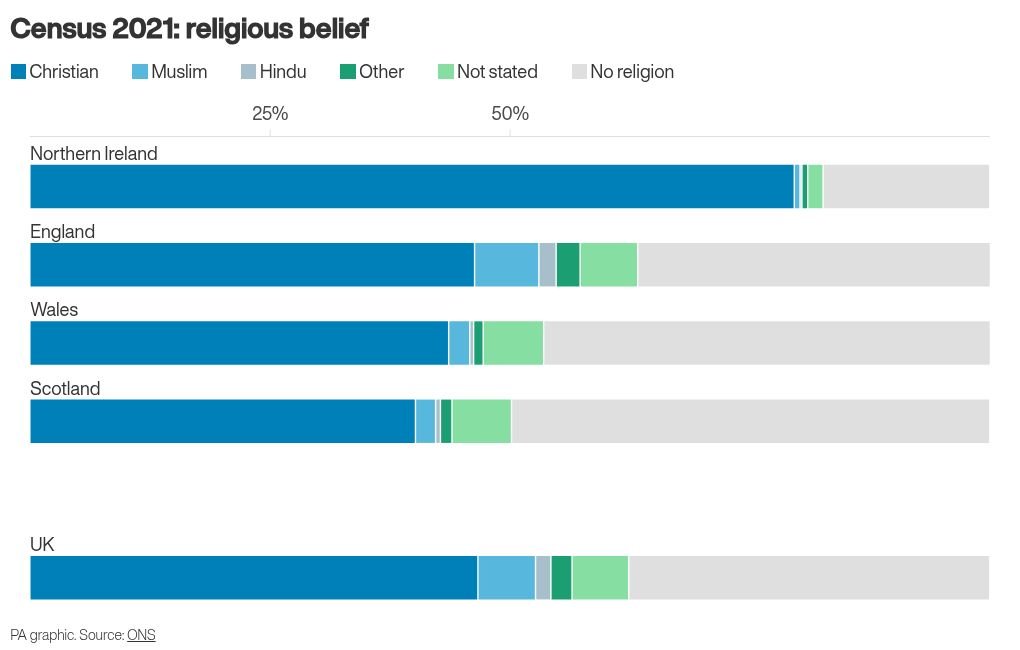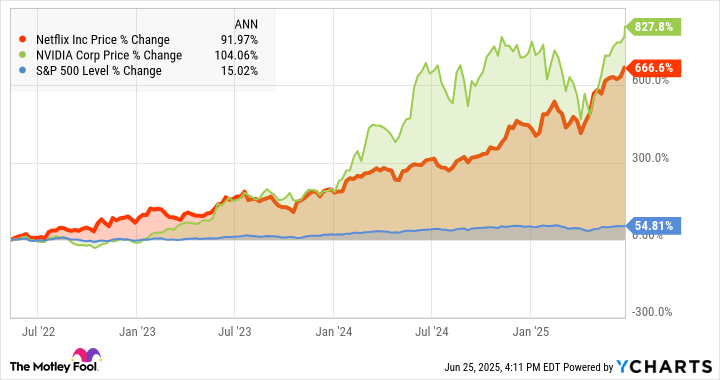Shares of fuel cell and hydrogen specialist Plug Power (PLUG -2.34%) are showing signs of recovering from the dismal performance they put up for most of 2025’s first half. The stock is up by about 32% over the past month (as of June 23), as investors demonstrate enthusiasm over a number of recent company developments.
But the seemingly auspicious signs that have motivated some to click the buy button look insufficient. Investors would be better advised to refrain from buying Plug stock. Here’s why.

Image source: Getty Images.
The CFO is putting his money where his mouth is
When company insiders make large stock purchases on the open market, investors usually sit up and take notice. So when Plug Chief Financial Officer Paul Middleton bought 350,000 shares in an open-market transaction in May, many took it as an encouraging sign. Communicating his confidence in Plug Power even further, Middleton purchased an additional 650,000 shares on June 9 in a transaction valued at more than $672,000.
In the press release that addressed the June purchase, Middleton said:
“This additional investment reflects my strong conviction in Plug’s strategy and long-term value creation. As we execute and gain market traction, I continue to see meaningful upside and believe Plug remains one of the most compelling growth opportunities in the energy sector.”
While the stock purchases are worth acknowledgment, they may not fully convey confidence in the company. Had Middleton made his purchases without the company drawing attention to them through the issuing of press releases, they would have gone further in communicating his confidence in the Plug Power’s future.
Progress in the Peach State is anything but the pits
Plug Power’s bread and butter is its fuel-cell business, but it has broadened its reach and expanded into hydrogen production over the past several years. And in April, it produced 300 metric tons of liquid hydrogen at its facility in Georgia, a record monthly output for the facility since it opened in January 2024. Plug further described it as “a new benchmark for the U.S. hydrogen industry.”
Walmart, Amazon, and Home Depot are all Plug customers that receive hydrogen produced at the Georgia facility. That achievement was impressive, but it hardly moves the needle in terms of making Plug stock a convincing buy. In the first quarter, Plug reported a negative gross profit margin of 101.5% for the fuel it delivered to customers and related equipment business, which includes its hydrogen production business. That means its costs were more than double its revenue.
Unless the company can demonstrate that its hydrogen production business can be a profitable endeavor, its success in boosting that production will mean little.
Plug keeps signing deals — but is that such a big deal?
With the first half of 2025 nearly in the rear-view mirror, Plug has inked several notable agreements. Most recently, it announced an expansion of its collaboration with Allied Green Ammonia, an Australian developer of ammonia production facilities. Plug will provide 2 gigawatts (GW) of electrolyzer capacity for an ammonia production facility that Allied Green Ammonia is developing in Uzbekistan.
In January, the two companies agreed to a deal related to a green hydrogen-to-ammonia plant that Allied Green Ammonia is currently developing in Australia. According to the deal, Plug will provide three GWs of electrolyzer capacity for the project. When complete, the facility is expected to be one of the largest green ammonia production facilities in the world, with a capacity of about 2,700 metric tons of ammonia daily.
Although the deals with Allied Green Ammonia are worthy of note, it’s unclear exactly how lucrative they will be for Plug since their financial terms were not disclosed. Plug has a history of signing impressive deals such as those with Walmart and Amazon, but those deals haven’t translated into profitability, and it’s unlikely these new ones will do much to bring Plug closer to profitability either.
There are better ways to celebrate the start of summer than buying Plug stock
Investors have long been interested in Plug as a holding that provides exposure to an unusual part of the renewable energy industry. To the chagrin of its shareholders, though, the company has long failed to achieve the growth that management had projected. And despite the recent news items, it doesn’t seem that much has changed. In that context, the stock doesn’t look like a buy right now.
John Mackey, former CEO of Whole Foods Market, an Amazon subsidiary, is a member of The Motley Fool’s board of directors. Scott Levine has no position in any of the stocks mentioned. The Motley Fool has positions in and recommends Amazon, Home Depot, and Walmart. The Motley Fool has a disclosure policy.






